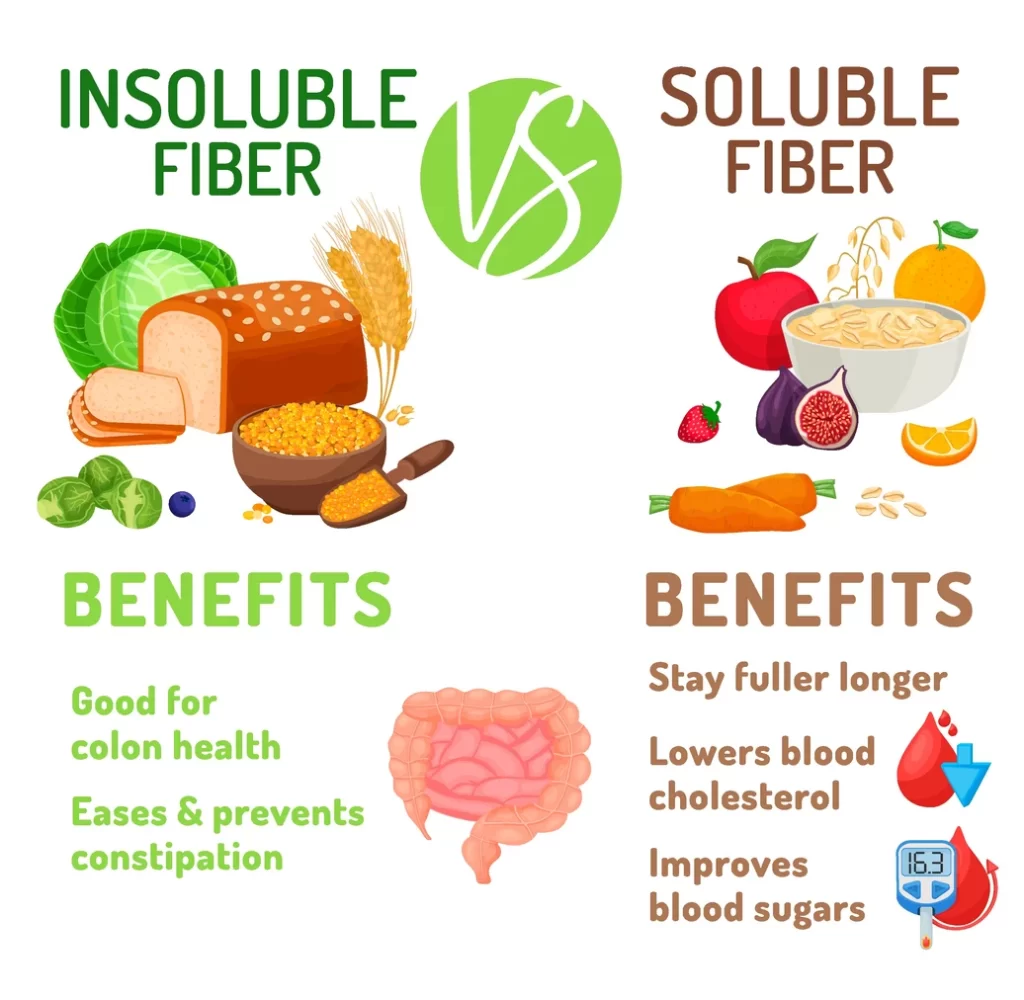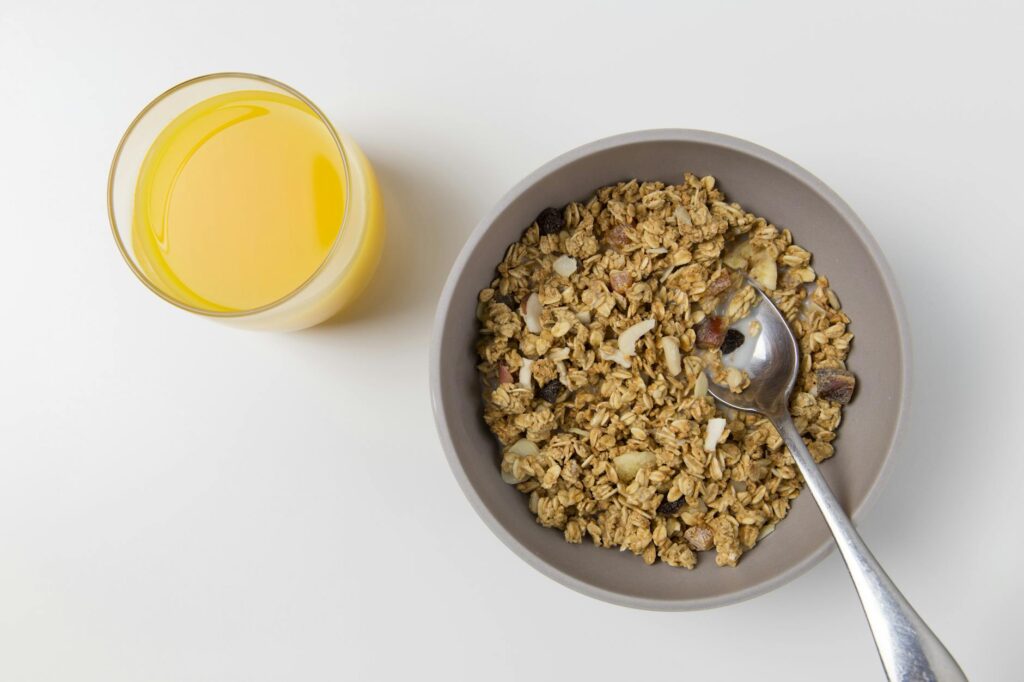
Dietary fiber content in meals has decreased as a result of current recipes, the production of processed food products worldwide, and the emergence of new food technology. This resulted in a high prevalence of fiber deficiency, which is detrimental to gut health and explains the rise in digestive diseases in the twenty-first century. Studies have revealed that individuals on a low-fiber diet are likely to experience digestive problems.
The good news is that there are still foods on the market that are high in this dietary fiber, despite all the changes that are occurring in the food industry. While reading the article, we will come across all of these foods.
Dietary fiber is also known as roughage, it’s an indigestible part of plant foods.
There are many health benefits of this dietary fiber like helping the body regulate the use of sugar, and keeping you fuller.
The recommended dietary intake per day according to Kenyan guideline is 25- 30 grams a day from food.
This fiber include; foods like fruits, vegetables, and whole grains. They comprise of two types; –
TYPES OF FIBER
Soluble fiber
This type of fiber absorbs water and then forms gel-like pulp this helps in prolonging the passage of food from the stomach to the intestines. In the long end studies show helps to lower cholesterol levels and blood sugar control in people with diabetes.
Examples of soluble fiber include; – oats, legumes, barley, potatoes, bananas, apples the softer part, pears, etc.
These fibers should be taken moderately since excess intake at a go can lead to bloating and gas (discomfort of the digestive system. RDN Lena Areyo advises on the intake of enough water between meals especially if its high fiber meal.
Insoluble fiber
In other terms, it’s referred to as roughages. As the name suggests they are rough. They do not dissolve in water therefore they are not digested in the system.
Their role is to increase the bulkiness of the stool to promote smooth and regular bowel movement this relieves and prevents constipation. For this reason, it helps prevent digestive disorders like hemorrhoid diverticulosis and at the same time cleanses the colon by getting rid of wastes and toxins.
Examples of insoluble fiber include; – peels of apples, pears or fruits with skin, carrots, berries, corn, nuts, whole bran, whole grain cereals, seeds, green leafy vegetables, indigenous vegetable beetroots, and cruciferous vegetables.
Soluble fibers ferment in the stomach, which aids in the growth of beneficial bacteria and the subsequent reduction of harmful bacteria in the digestive tract.
All these fibers are found in different types of foods however we still have fiber supplements you may shop online with the guide of a nutritionist through consultations.
We all know we need to test these products for a change. How do you use these foods on a daily basis?
BENEFITS OF EATING HIGH FIBER FOODS
Lower cholesterol levels improve heart health reason to embrace high fiber foods
Research has shown dietary fiber helps to lower blood pressure levels improving blood circulation throughout the system. Soluble fiber has proven to lower cholesterol by binding to bile increasing elimination of bile salts and taking it out of the body. This has shown to decrease the risk of heart disease.
Controls high blood sugar levels
Since fiber absorbs water creating gel-like mush this helps in slowing down the digestion of food to the intestines. This helps in slowly introducing glucose to the system hence keeping blood sugars from rising or spiking. It also helps control insulin insensitivity.
Including high fiber foods helps in weight reduction
Fiber helps people feel fuller for longer by slowing down digestion, which helps regulate cravings and hunger and aids weight loss.
When you eat high fiber foods it promotes a healthy digestive system
There are several advantages of high-fiber foods for gut health. Insoluble fiber has rough texture therefore cannot be digested. As a result, it acts as a stool softener, improving bowel movement, even aiding in the removal of waste and toxins from the colon. This is beneficial for detoxification and cleansing. One study found that eating high fiber aids in prevention of digestive diseases e.g. GERD, constipation, hemorrhoids, heartburn, nausea, and belching.
We know by now already feel the need to try out these goods for a change. How do you use these foods in your day-to-day.
CREATIVE WAYS OF UPPING DIETARY FIBER IN YOUR DIET
Avoid overeating fiber at once to prevent bloating and constipation.
When you eat high fiber drink enough water to prevent constipation.
Go for whole grain wheat products instead of wheat flour be checking the labels when going shopping.
Prefer more on eating whole fruits to juices without pulp.
Increase intake of raw vegetables.
Add dried fruits or fresh fruits to yogurt, and baked products.
Choose whole-grain pasta instead of normal pasta.
Final thoughts.
Fiber has an important role in digestive health, it improves bowel movement, cleanses the system, and promotes healthy bacteria growth.
Dietary fiber has two categories namely; – soluble fiber and insoluble fiber. They include; nuts, seeds, fruits, legumes, whole-grain cereals, etc.
Fiber consumption need moderation because high intakes all at once can cause bloating, gas, and constipation, among other digestive discomforts.
Speak with a nutritionist in Kenya to get advice on right foods for digestive disorders or stomach problems.

